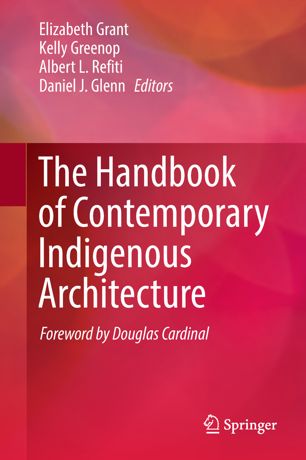

Most ebook files are in PDF format, so you can easily read them using various software such as Foxit Reader or directly on the Google Chrome browser.
Some ebook files are released by publishers in other formats such as .awz, .mobi, .epub, .fb2, etc. You may need to install specific software to read these formats on mobile/PC, such as Calibre.
Please read the tutorial at this link: https://ebookbell.com/faq
We offer FREE conversion to the popular formats you request; however, this may take some time. Therefore, right after payment, please email us, and we will try to provide the service as quickly as possible.
For some exceptional file formats or broken links (if any), please refrain from opening any disputes. Instead, email us first, and we will try to assist within a maximum of 6 hours.
EbookBell Team

4.3
28 reviewsThis Handbook provides the first comprehensive international overview of significant contemporary Indigenous architecture, practice, and discourse, showcasing established and emerging Indigenous authors and practitioners from Australia, Aotearoa New Zealand, the Pacific Islands, Canada, USA and other countries. It captures the breadth and depth of contemporary work in the field, establishes the historical and present context of the work, and highlights important future directions for research and practice. The topics covered include Indigenous placemaking, identity, cultural regeneration and Indigenous knowledges. The book brings together eminent and emerging scholars and practitioners to discuss and compare major projects and design approaches, to reflect on the main issues and debates, while enhancing theoretical understandings of contemporary Indigenous architecture.The book is an indispensable resource for scholars, students, policy makers, and other professionals seeking to understand the ways in which Indigenous people have a built tradition or aspire to translate their cultures into the built environment. It is also an essential reference for academics and practitioners working in the field of the built environment, who need up-to-date knowledge of current practices and discourse on Indigenous peoples and their architecture.